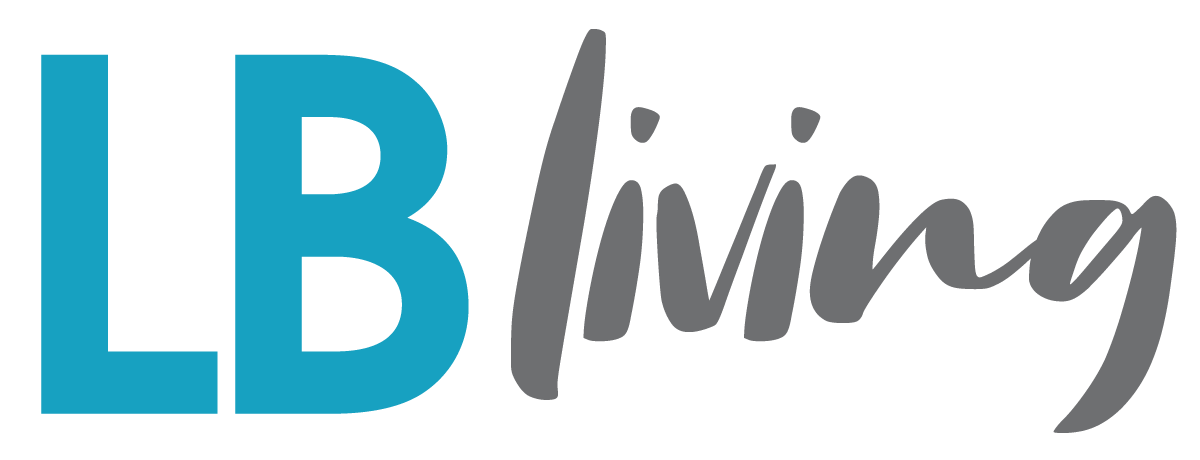In light of Native American Heritage month, it is important to recognize the fact that this is not our land. Before European settlers invaded the land of Southern California, most of the Los Angeles area belonged to the people of Ventureño, Gabrieleño- Tongva. This land holds a great deal of importance considering it was once a place where natives lived, had celebrations such as pow- wows, held healing rituals, and worshiped.
Native American Heritage month should be a time where we need to educate ourselves and others about the land we are on and the significance of all the tribes that were heavily impacted by the colonization and genocide that occurred.
Cal State Long Beach sits on Puvungna land. The untouched land is typically used for cultural purposes. In 2019, CSULB allowed for Puvungna land to be used as a dumping ground and a place to store equipment while development projects took place. However, this is not the first time CSULB has overstepped their boundaries in regards to the Puvungna’s land. In the early 1990s, officials of CSULB wanted to develop more land at the university. This caused many students to protest the possible destruction of Puvungna land. “Save it, don’t pave it” became a slogan while these protests took place.

Clearly the new development ideas and destruction that occurred on Puvungna land caused a stir among various tribal communities which resulted in a lawsuit against CSULB. After two years of fighting, CSULB and the affected tribes reached a settlement which ultimately prohibits the university from destroying the sacred land and leaving the space clear for Native American tribes to host their cultural celebrations.
CSULB’s Institute of Innovation and Entrepreneurship has also released a Land Acknowledgement which states, “The IIE at CSULB is located on the sacred site of Puvungna. We acknowledge that we are on the land of the Tongva/ Gabrieleño and the Acjachemen/ Juaneño Nations who have lived and continue to live here. We recognize the Tongva and Acjachemen Nations and their spiritual connection as the first stewards and the traditional caretakers of this land. We thank them for their strength, perseverance and resistance”.
Considering CSULB has a diverse set of students, faculty, and staff, it seems controversial for university officials to even consider wanting to continue more development plans on the sacred site even after the protests that occurred in the 90s.

Thankfully, the Native Americans that still use this land received a great amount of support from the community and students in regards to the settlement that was taking place. It is crucial to remember the land we are all using was never ours to begin with. Therefore, we should not want to possibly bring any destruction to their land, especially if it is still being used for cultural celebrations. If you are interested in supporting Native American charities, please visit the following resources below:
Native American Heritage Association



